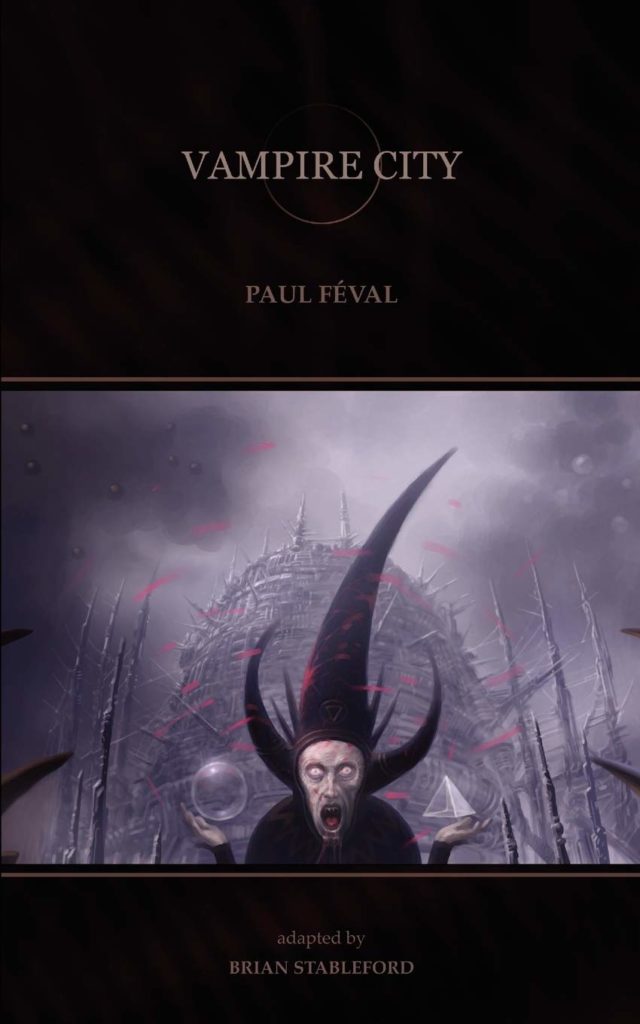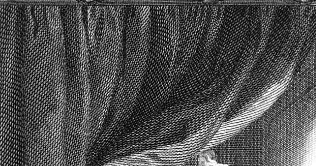

(I suppose even she gets tired of it.) This melodrama is in keeping with the Gothic drama, but too much of it becomes boring, and, since it continuously stalls the plot as other characters have to interrupt real action to revive Emily, it comes across as another trick to keep information away from readers. She spends an exorbitant amount of pages fainting or weep, or, occasionally, striving not to faint or weep. This way of writing may effectively keep readers wondering what all the mysteries of castle Udolpho are, but it ultimately feels like a cheap stunt.Įmily herself, though billed as something of the ideal woman of the time period, may also be frustrating for modern readers.

For instance, protagonist Emily will be horrified by something she sees in an early chapter, then subsequently be too traumatized by the event to think on the subject again-so the reader never discovers what upset her so much until the very end of the book, where the author lays out a mass explanation of events. Though The Mysteries of Udolpho is horrifying in many respects (themes, scenes, imagery), the author also uses many tricks in order to build false suspense. The book contains a number of fascinating characters and plot points, but everything moves so slowly that an undetermined reader is at risk of simply giving up in favor of a more immediately rewarding book. Personally, I found the action picked up the most 80% through the book, when major elements finally began to be revealed and some new action appeared, as well.

In terms of entertainment, it falls a bit short. From a literary and historical standpoint, it undoubtedly is an interesting and important novel. The Mysteries of Udolpho has earned fame as the quintessential Gothic novel, full of all the essential elements and a must-read for fans of the genre. Aubert is taken to her uncle’s isolated castle in Italy, where she must confront both ghosts and unwanted suitors, all while trying to return to the man she loves.


 0 kommentar(er)
0 kommentar(er)
